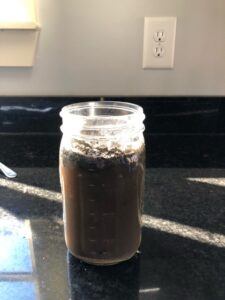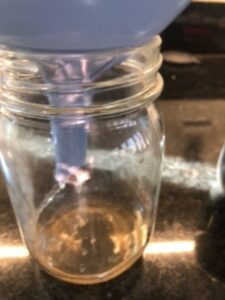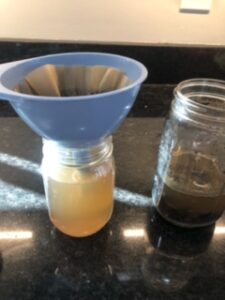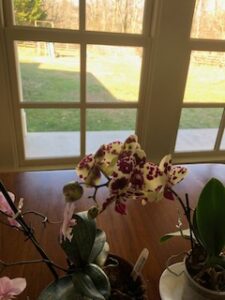Making wood ash fertilizer
Today’s post is about making your own fertilizer. We often throw away things that can be used for plant growth. Then buy expensive fertilizers from garden and big box stores. This is part of my super biodynamics plant growth, today I will show the steps in making wood ash fertilizer.
About wood ash fertilizer
Wood ash contains nutrients that can be beneficial for plant growth. Calcium is the plant nutrient most commonly found in wood ash and may comprise 20% or more of its content. Potassium (also called potash) is another common component of wood ash, occurring at concentrations of up to 5%. Magnesium, phosphorus and sulfur are also typically found in wood ash at concentrations of up to 2%. Finally, wood ash can contain trace amounts of iron, aluminum, manganese, zinc, boron and other nutrients needed by plants.
In addition to its nutrient content, wood ash can help in neutralizing soil acidity (low pH). Burning wood leaves high amounts of carbonates. Thus these water soluble carbonates react with and neutralize acid in the soil. This effect causes the soil pH to increase gradually when used in moderation with soil bacteria. The levels of carbonates present in wood ash (and thus its acid-neutralizing properties) will vary depending on the type of wood burned and how the wood was burned. In general, wood ash has about 50% less acid-neutralizing capacity than commercially available acid neutralizers such as pelletized lime or aglime.
Warning: do not use wood ash on acid loving plants like blueberries!
These are the steps
1. Get wood ash from several sources – your burn pile of yard trash or in my case the outdoor grill.
2. Soak the ash in water for a day or two.

This is in a quart jar. just after I added the water. Next, step after at least 12-24 hours, filter the water removing the chucks and fine ash. In this case, I am using a plastic funnel cheap coffee filter.

Now how the water and ash extract look. A pale orange solution comes out.

Next – Slowly fill up the extract jar till full. Like this.

After the extraction process, in a gallon or four liters of water add the a small amount of the extract water. I my case I use about four table spoons. As that the wood ash fertilizer is very potent. It works best when diluted.
Hope this helps.
Note – some people will dry the extract out. This makes it too concentrated for my indoor plants and orchids. This is basically free fertilizer that has low nitrogen at .01-1%, high calcium ~ 15-20% and Potassium at 4~6%. This ratio helps build plant structure and raises the soil pH from acid to close to neutral. Where I live, the soil got degenerated by years of cotton farming. Cotton striped the top soil off leaving a clay and rock subsoil. Therefore, this year I will be using this on my grape vines and fruit trees. I use it once a month on my orchids. Right now I am using these natural fertilizers on the seedlings I am starting for my garden.
